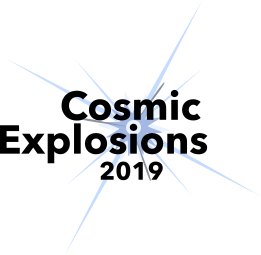Description
Most of the galaxies host a supermassive BH in their centre and we observe a co-evolution of the galaxy and its central BH. The BH is expected to have a key role in the regulation of the quantity of gas and stars : it accretes matter from its surrounding and releases a fraction of this rest-mass energy into the host galaxy, providing “feedback”. The BH angular momentum or spin directly influences the fraction of energy released and radiated during accretion events. On the other hand galaxy mergers have a crucial role in triggering peaks of central BH activity, allowing strong gas accretion. The spin of the BH changes with the combination of gas accretion and the possible coalescence of BHs. Models of spin evolution during BHs merger will allow gravitational waves predictions. In this context, I performed idealised simulations of galaxy mergers including mass and spin evolution of supermassive black holes, using Ramses, an hydrodynamical and N-body code with adaptive mesh refinement developed by Romain Teyssier (2002). These simulations are run for different configurations of the angular momentum orientation of the galaxies, varying the angle between the galactic angular momenta and the orbital angular momentum. The orbital configuration influences the BHs encounter history, mass growth and spin evolution, which happen either on the primary or on the secondary BH.

